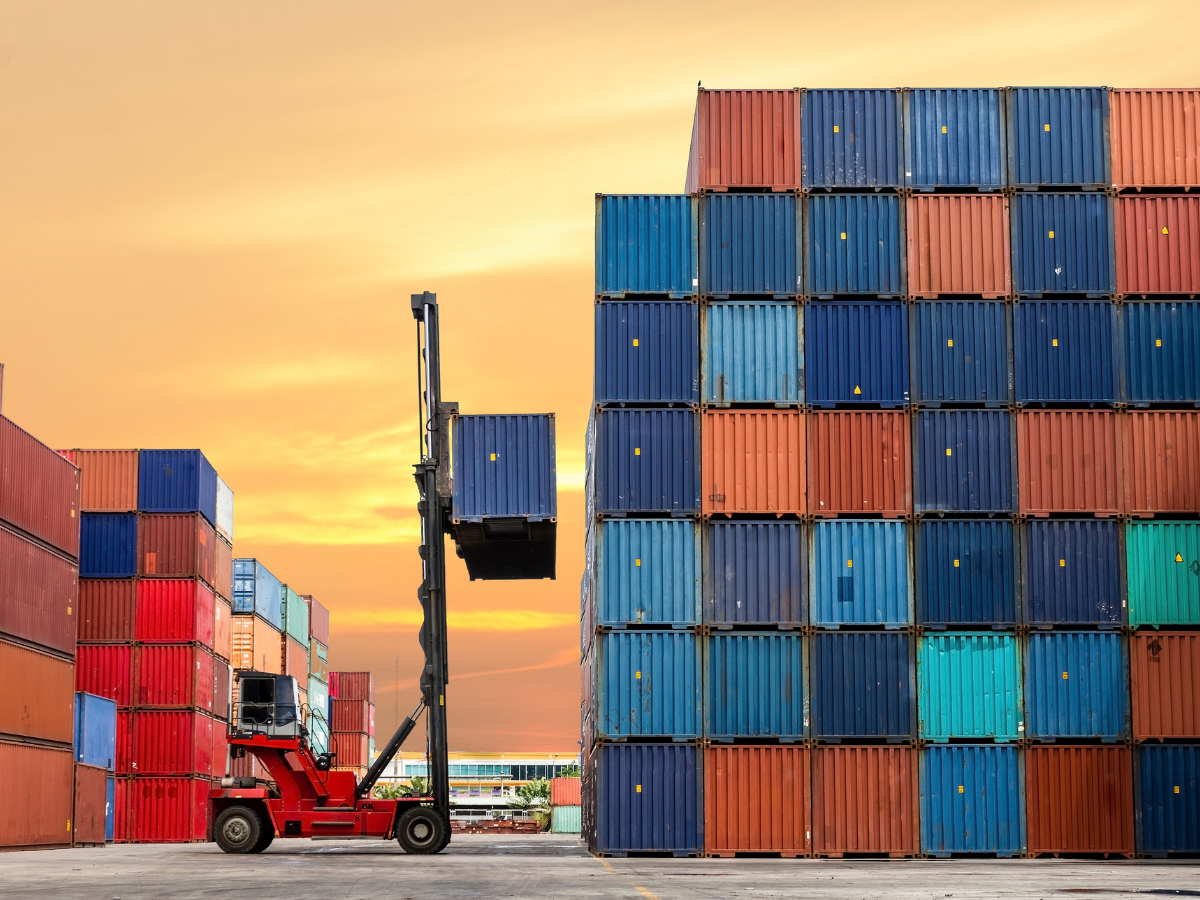[ad_1]
Amid economic challenges, the nation has experienced a period of unprecedented growth, built on thousands of kilometres of new transport infrastructure, creating a thriving startup culture, and its cities now pulsate with an energy I’ve never seen before in more than 50 years of visiting India.
Indian businesses are shifting their focus from domestic to global markets, targeting their goods and services to the entire world. In FY23, the export of the top six commodities (engineering goods, petroleum products, gems and jewellery, organic and inorganic chemicals, drugs and pharmaceuticals) reached an impressive US$ 295.21 billion. This aligns perfectly with our vision – to connect people, places, and economies through the power of trade.
We see India as a strategic partner, not just a market. We already operate five container port terminals in India, enhancing business connectivity and logistics solutions. Recently, we signed an agreement with the Deendayal Port Authority to develop a new mega-container terminal in Kandla, Gujarat, which will significantly increase our capacity and strengthen links to Northern, Western, and Central India through extensive road, highway, and rail networks.
Beyond ports, we support our customers with free trade zones (Chennai, Mumbai, Cochin), container freight stations, and multi-modal logistics terminals, all connected by our comprehensive logistics and forwarding services. Connecting businesses in the region to global markets remains at the heart of what we do.
Future Outlook
India’s economic future looks bright, thanks to various trade initiatives. The World Bank recently revised India’s growth forecast for FY2025 to 7%, up from 6.6% estimate in its ‘India Development Update’ report. The report predicts a gradual decline in India’s debt-to-GDP ratio, from 83.9% in FY24 to 82% by FY27. This reflects the country’s impressive economic performance, positioning India as the fastest-growing major economy globally.The country’s annual nominal GDP is expected to grow at an average of 6.3% through 2030, with a revised forecast of 8.2% for the fiscal year 2023-24. There are ambitious plans to achieve US$ 1 trillion in manufactured goods exports by 2030.The government’s initiatives to empower farmers and lower-income populations ensure a more inclusive and resilient economy. This, in turn, fuels a larger consumer base and a more skilled workforce – a win-win for businesses like ours.India’s ambitious infrastructure development plans align perfectly with our expertise in creating world-class logistics hubs. Three major railway corridor programmes, laying of 40,000 km of new track, and key initiatives under SagarSetu to reduce the waiting time for vessels at ports by up to 40% are all part of a major overhaul.
India and the UAE have set an ambitious target to achieve $100 billion in non-oil bilateral trade by 2030. This opens new opportunities for Indian manufacturers and bolsters government programmes such as Make in India. While India has long been a powerhouse provider of global capability and service centres, especially in cities like Bangalore and Gurgaon, things are changing fast.
The country has become a significant hub for technical operations, leveraging its vast pool of engineers and programmers. Remarkably, nearly 20% of the world’s chip designers are based here. This is why we have also invested heavily in technology in India. Three of our technology development centres in India, staffed by approximately 800 professionals, are dedicated to creating cutting-edge digital solutions that enhance the efficiency of global trade.
The government’s efforts to transform India into a manufacturing powerhouse are bearing fruit too. The new giant $2.6 billion factory being built by Taiwan’s Foxconn outside Bangalore which will produce around 20 million iPhones a year! The country’s share of global electronics production is growing faster than any other country. By 2030, the government expects the electronics manufacturing sector to be worth US$ 300 billion up from US$102 billion in 22-23.
The road ahead will not be without challenges. But with a focus on growth, innovation, and global collaboration, India is well-positioned to achieve its ambitions. We continue to be a long-term partner in this exciting chapter of India’s growth story. Together, we can build a future where India takes centre stage.
(The author is Group Chairman and CEO, DP World)
[ad_2]
Source link



